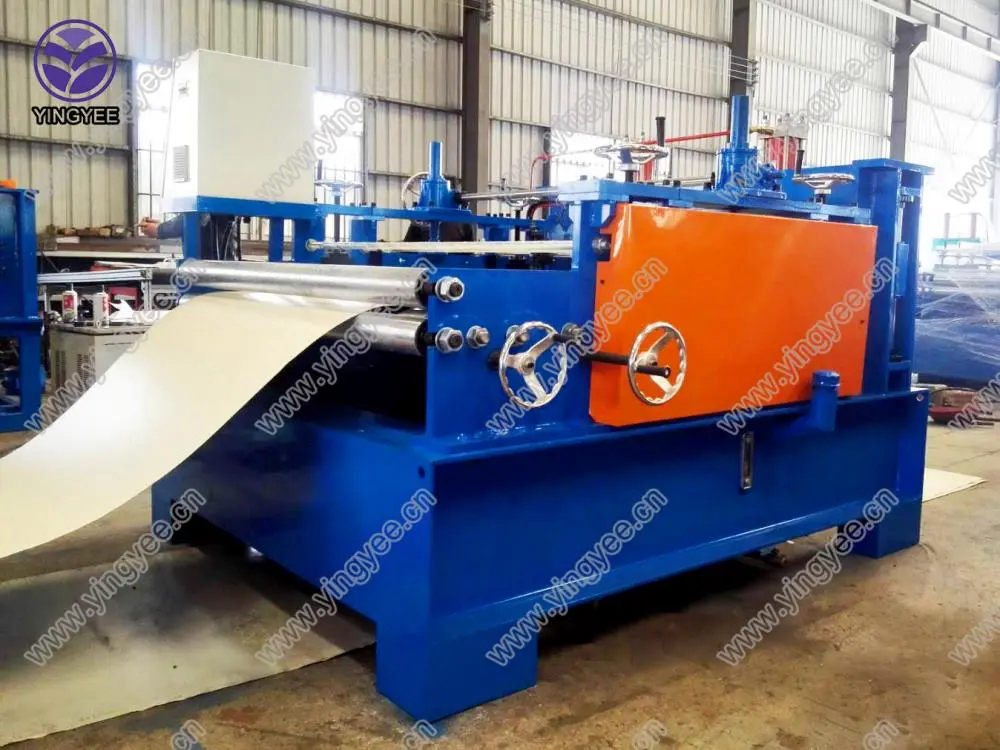
Understanding the E6013 Electrode A Key Component in Welding
In the world of welding, the quality of the welds produced is highly dependent on the type of electrode used. One such electrode that has gained considerable popularity is the E6013 rod. This versatile welding rod is widely recognized for its performance in various welding applications, making it a favorite among both amateur and professional welders alike. In this article, we will explore the characteristics, advantages, applications, and best practices associated with the E6013 electrode.
What is E6013?
The designation E6013 defines a specific type of welding electrode that is classified based on its properties. The E stands for electrode, while 6013 indicates the tensile strength and type of current it can be used with. The 60 refers to a minimum tensile strength of 60,000 psi, 1 signifies that it is suitable for all-position welding, and 3 indicates the type of coating. E6013 electrodes are typically covered with a rutile-based coating, which offers excellent arc stability and a smooth weld appearance.
Characteristics of E6013 Electrode
E6013 electrodes are primarily known for their ability to produce clean, aesthetically pleasing welds with minimal spatter. The controlled arc provides a smooth, easy-to-handle welding experience, allowing for versatility in various welding positions (flat, horizontal, vertical, and overhead). Another noteworthy characteristic is their suitability for welding on thin and medium-thick materials. The E6013 rod excels in applications where a fine finish and neat bead work are essential.
Advantages of Using E6013
One of the main advantages of the E6013 electrode is its ease of use. Both novice and experienced welders appreciate its forgiving nature, as it is less likely to produce defects even when the technique is not perfect. The rutile coating contributes to a stable arc and allows for a wide range of welding amperages. This enables welders to adjust their welding parameters according to the specific needs of their project.
Furthermore, E6013 electrodes are capable of producing welds in various types of steels, including low carbon steel and some structural steels. The welding process also generates minimal smoke and fumes, promoting a healthier working environment compared to other electrodes.

Applications of E6013
The E6013 electrode is widely used in various industries, including construction, automotive, general fabrication, and repair work. Its ability to work well on thin sheet metals makes it particularly valuable in sheet metal fabrication and repair tasks. Welders often select E6013 rods for jobs that require both strength and visual appeal, such as in ornamental ironwork or when constructing aesthetic components.
Moreover, due to their excellent performance in different positions, E6013 rods are suitable for a broad range of welding tasks such as pipe welding, machinery repairs, and structural work. The balance between strength and appearance means that E6013 is often the go-to choice when the weld will be exposed to view.
Best Practices for Using E6013 Electrode
To maximize the benefits of E6013 electrodes, there are several best practices that welders should follow. First, it’s essential to choose the right size electrode for the thickness of the material being welded. Proper arc length is crucial; too short can lead to sticking and too long can result in excessive spatter. A clean base material free of rust, paint, and grease will also help improve the quality of the weld.
Additionally, maintaining a steady travel speed and angle will contribute to a uniform bead and minimize defects. Finally, allowing the weld to cool adequately before moving on to the next phase will enhance the strength and durability of the weld joint.
Conclusion
In summary, the E6013 electrode is a versatile and effective choice for numerous welding applications. With its easy handling characteristics and ability to produce clean, strong welds, it has established itself as a staple in the welding industry. Whether you are a seasoned professional or a novice welder, understanding the properties and best practices associated with the E6013 rod can significantly enhance your welding projects and outcomes.